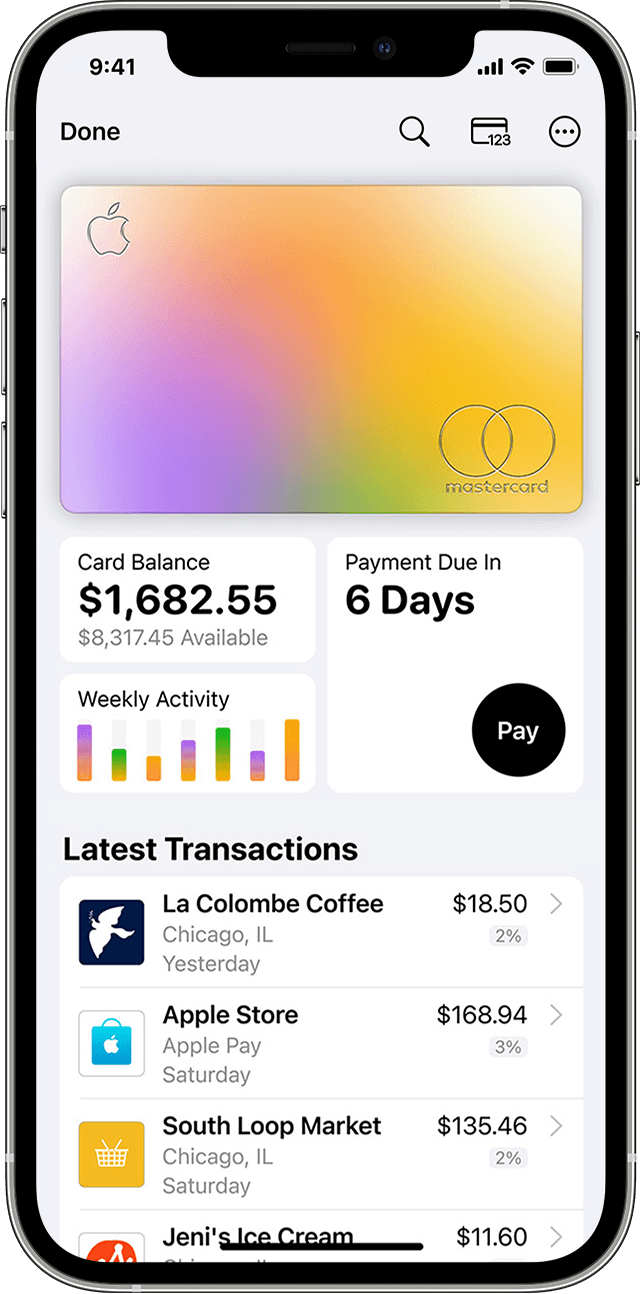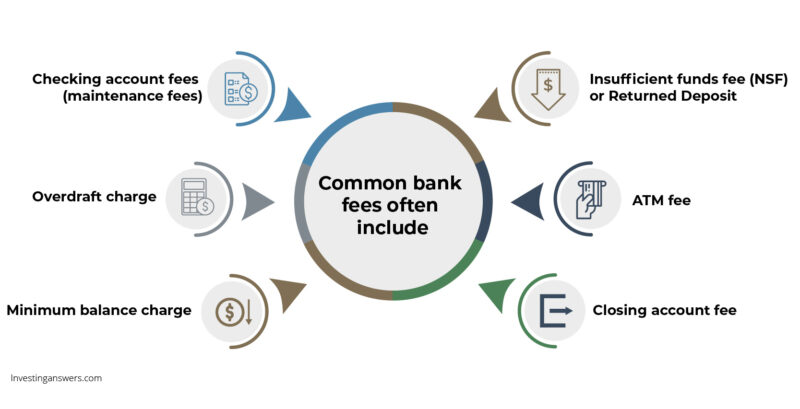
When learning forex trading, it is not uncommon to lose a lot. These losses can be turned into wins if you keep your streak going for long enough. You must be patient and learn each step as you go. Don't think you are invincible and get too confident. You can't trust beginners - they will make many mistakes.
Beginers go through it step by step
Forex trading can be difficult for beginners who don't have a thorough understanding of how the market works. A good beginner's forex strategy will allow traders to figure out how much they can risk and how much they can deposit before they make any real deposits. Traders can then learn the ropes without worrying about the financial risks. In order to learn Forex trading step by step, the trader can use a micro forex account, which allows a trader to trade as little as one thousand dollars.
For forex trading to be possible, you will need a demo account. This account is used by beginners to test out the services of a forex broker, and to trade with virtual cash without risking real money. During this process, a beginner should develop their own trading strategy and learn about international economic reports. Once they understand how to analyze forex market trends, they can place orders based on their findings. Starters need to monitor their accounts closely and only invest when they are certain of making a profit.

Technical analysis
Technical analysis is a powerful tool to help traders and investors forecast the market's future direction. It examines the past price actions in order to identify patterns and then makes trading decisions based on these patterns. The basic idea behind technical analysis is that the markets move up, downward, or sideways. You can identify patterns in price movements and determine the best place to enter or exit a trade. Learn forex trading step by step with technical analysis, and you'll be on your way to profitable trades!
In order to learn forex trading step by step with technical analysis, you must first understand how the system works. The chaotic markets theory is the basis of this system. Price action is not random. According to mathematical Chaos Theory identifiable patterns will continue to repeat. This theory is the core principle of technical analysis. The School of Pipsology website has more information about technical analysis. You will find a list with popular indicators traders use for their daily trading.
Chart reading
Learning to read charts is an essential skill for forex trading. Technical analysis is a way to analyze the price movements of the charts. It is not a method that everyone will use, but it is used by many traders. Knowing how to read charts can help you spot price trends and predict if there will be a reversal. Chart reading is the key to forex trading. This will help you make money by using your skills to buy and sell currency.
A line chart is the most common forex chart. This chart shows the changes in any currency pair over time. It also helps you identify trends and capitalize on them. Understanding how to read forex charts is crucial for making money at the exchange. For forex traders, it's a vital skill. Here are some examples and tips for using forex charts.

Risk management
A key aspect of learning forex trading is risk management. Trading is about minimizing your losses while increasing profits. Poor risk management leads to many Forex traders losing their money. If you want to be a successful trader, it is essential that you manage your risk properly. Here are some tips to help you manage your risk:
In forex trading, the first rule is to not risk more than what you can afford to lose. Although this might seem obvious to most traders, it is often broken. The FX market can be extremely volatile and one loss could wipe out your entire trading capital. You need to be able to manage your risk and minimize your losses, especially if this is your first time trading FX. A trading journal will help you to spot and correct mistakes made in your trades.
FAQ
How long does it take for you to be financially independent?
It depends on many factors. Some people are financially independent in a matter of days. Others may take years to reach this point. It doesn't matter how much time it takes, there will be a point when you can say, “I am financially secure.”
It's important to keep working towards this goal until you reach it.
How can I manage my risk?
You need to manage risk by being aware and prepared for potential losses.
A company might go bankrupt, which could cause stock prices to plummet.
Or, an economy in a country could collapse, which would cause its currency's value to plummet.
When you invest in stocks, you risk losing all of your money.
Stocks are subject to greater risk than bonds.
Buy both bonds and stocks to lower your risk.
This increases the chance of making money from both assets.
Spreading your investments among different asset classes is another way of limiting risk.
Each class comes with its own set risks and rewards.
Bonds, on the other hand, are safer than stocks.
You might also consider investing in growth businesses if you are looking to build wealth through stocks.
If you are interested in saving for retirement, you might want to focus on income-producing securities like bonds.
How can I invest and grow my money?
Start by learning how you can invest wisely. By learning how to invest wisely, you will avoid losing all of your hard-earned money.
You can also learn how to grow food yourself. It is not as hard as you might think. You can easily grow enough vegetables to feed your family with the right tools.
You don't need much space either. Just make sure that you have plenty of sunlight. Plant flowers around your home. They are also easy to take care of and add beauty to any property.
Consider buying used items over brand-new items if you're looking for savings. They are often cheaper and last longer than new goods.
Can I make a 401k investment?
401Ks can be a great investment vehicle. However, they aren't available to everyone.
Most employers give employees two choices: they can either deposit their money into a traditional IRA (or leave it in the company plan).
This means that you are limited to investing what your employer matches.
And if you take out early, you'll owe taxes and penalties.
Statistics
- If your stock drops 10% below its purchase price, you have the opportunity to sell that stock to someone else and still retain 90% of your risk capital. (investopedia.com)
- Most banks offer CDs at a return of less than 2% per year, which is not even enough to keep up with inflation. (ruleoneinvesting.com)
- As a general rule of thumb, you want to aim to invest a total of 10% to 15% of your income each year for retirement — your employer match counts toward that goal. (nerdwallet.com)
- An important note to remember is that a bond may only net you a 3% return on your money over multiple years. (ruleoneinvesting.com)
External Links
How To
How to invest in stocks
Investing is a popular way to make money. It's also one of the most efficient ways to generate passive income. There are many investment opportunities available, provided you have enough capital. It's not difficult to find the right information and know what to do. This article will help you get started investing in the stock exchange.
Stocks are shares of ownership of companies. There are two types of stocks; common stocks and preferred stocks. While preferred stocks can be traded publicly, common stocks can only be traded privately. Public shares trade on the stock market. They are priced according to current earnings, assets and future prospects. Stocks are purchased by investors in order to generate profits. This process is known as speculation.
There are three steps to buying stock. First, you must decide whether to invest in individual stocks or mutual fund shares. Next, decide on the type of investment vehicle. Third, determine how much money should be invested.
You can choose to buy individual stocks or mutual funds
For those just starting out, mutual funds are a good option. These portfolios are professionally managed and contain multiple stocks. Consider the risk that you are willing and able to take in order to choose mutual funds. Some mutual funds have higher risks than others. If you are new or not familiar with investing, you may be able to hold your money in low cost funds until you learn more about the markets.
You can choose to invest alone if you want to do your research on the companies that you are interested in investing before you make any purchases. Be sure to check whether the stock has seen a recent price increase before purchasing. Do not buy stock at lower prices only to see its price rise.
Select your Investment Vehicle
After you have decided on whether you want to invest in individual stocks or mutual funds you will need to choose an investment vehicle. An investment vehicle simply means another way to manage money. You could place your money in a bank and receive monthly interest. You could also create a brokerage account that allows you to sell individual stocks.
You can also create a self-directed IRA, which allows direct investment in stocks. You can also contribute as much or less than you would with a 401(k).
Your needs will guide you in choosing the right investment vehicle. Are you looking to diversify or to focus on a handful of stocks? Are you seeking stability or growth? How comfortable do you feel managing your own finances?
The IRS requires investors to have full access to their accounts. To learn more about this requirement, visit www.irs.gov/investor/pubs/instructionsforindividualinvestors/index.html#id235800.
You should decide how much money to invest
It is important to decide what percentage of your income to invest before you start investing. You can either set aside 5 percent or 100 percent of your income. The amount you decide to allocate will depend on your goals.
If you are just starting to save for retirement, it may be uncomfortable to invest too much. However, if your retirement date is within five years you might consider putting 50 percent of the income you earn into investments.
It's important to remember that the amount of money you invest will affect your returns. You should consider your long-term financial plans before you decide on how much of your income to invest.